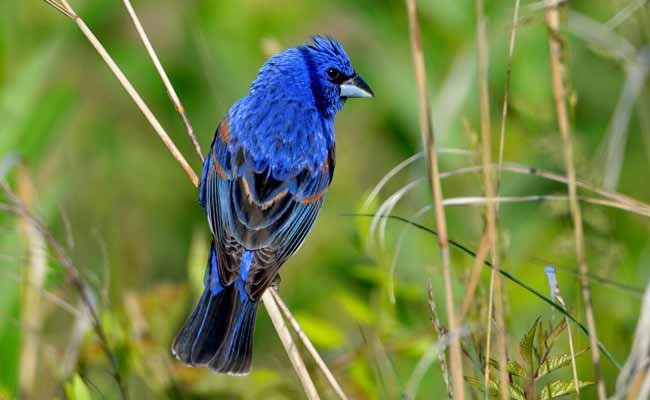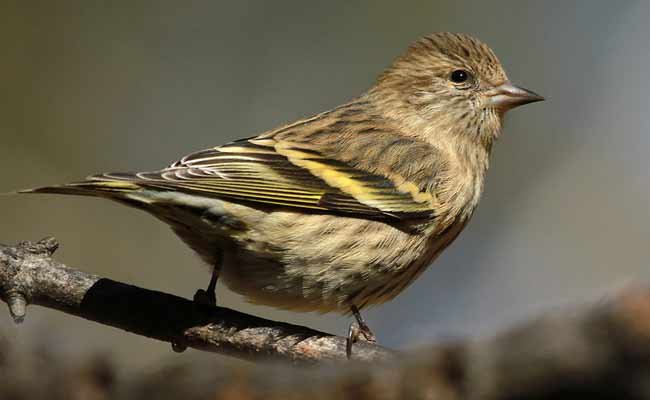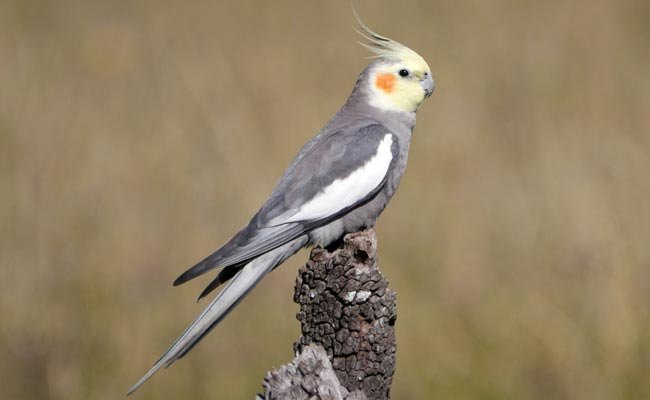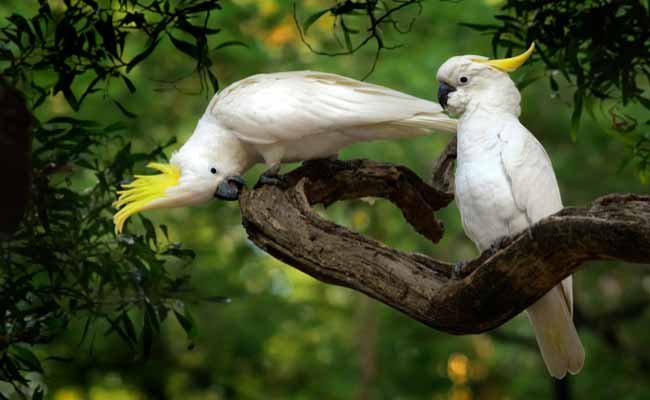
Sulphur Crested Cockatoo Diet, Facts, Care, And Personality
February 23, 2021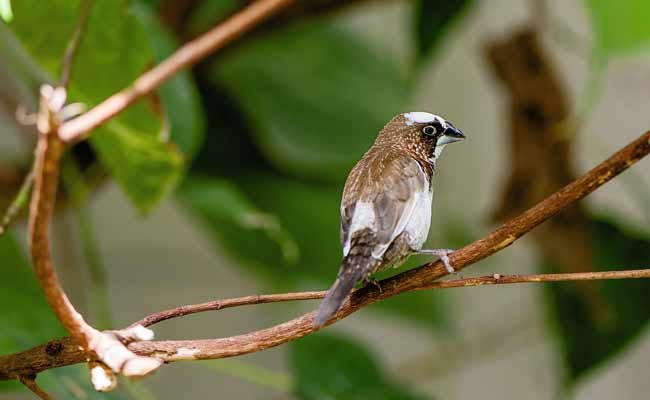
Society Finch Care, Food, Habitat, And Personality.
February 25, 2021Painted Bunting Song, Diet, Habitat, And Personality. Hey friends, how are you all? Today we are going to talk about Painted Bunting food, sounds, calls, habitat, And Personality. This is one of the most beautiful and colorful birds in the USA. Because of its beauty, this bird is also one of the most popular cage birds. So friends, without wasting time, let’s get started with today’s topic.
Painted Bunting Song, Diet, Habitat, And Personality.
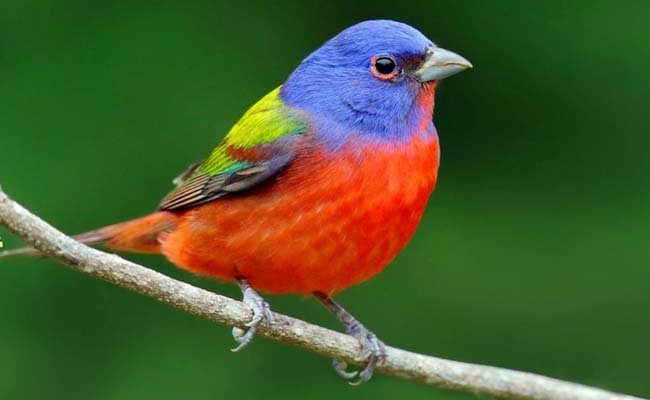
General Information.
Before we go any further, I want to share some fantastic and general information about this beautiful bird.
Length: 12 To 13 cm
Weight: 13 To 19 grams
Scientific Name: Passerina ciris
Family: Cardinalidae
Other names. This beautiful bird is also known as siete colores, seven colors, nonpareil, without equal, all these names perfectly suit this beautiful bird’s personality.
Behavior.
Painted Bunting behavior is territorial, and especially males are territorial. During the breeding, season the male painted bunting sings different songs and defend territories of about 3 acres. Sometimes they become aggressive and start fighting with other males by striking each other with their wings, pecking, and grappling. They fight with each other so aggressively that sometimes they lose feathers and get wounds like eye damage, and sometimes even death. This beautiful species is monogamous.
Habitat.
This beautiful bird is a species of the cardinal family that is native to North America. Painted Bunting habitat in semi-open habitats with shrubs and trees. In the south-central U.S., this beautiful bird mainly uses brushy roadsides or streamsides and patches of grasses, abandoned farms, strips of woodland between overgrown fields, weeds, and wildflowers for breeding purposes. In the winter season, they move towards southern Mexico and Central America. On the other hand, coastal Southeast birds use wooded back dunes, hedges, yards, fallow fields, palmetto thickets, edges of maritime hammocks in the breeding season. When winter comes, these birds move to Florida and the northern Caribbean.
Dite.
Painted Bunting food is seeds and insects. But these beautiful birds mainly eat seed almost the whole year, and they eat insects, usually in the breeding season. They eat seeds of bristle grass, St. John’s wort, sedge, dock, pigweed, wood sorrel, spurge, panic grass, fig pine, rose, and wheat. In insects, they eat caterpillars, bugs, spiders, snails, wasps, grasshoppers, weevils, flies, and beetles.
Painted Bunting Nesting Habits.
Painted Bunting Breeding season starts in March and ends in late July. Sometimes their breeding season extends to august based on egg dates. Both members find their nesting site first. After that nest is built by the painted bunting female generally in two days, they usually make their nest on Spanish moss, greenbrier, oak, myrtle, mulberry, mesquite, elm, Osage-orange, and pine. Painted Bunting nest material is twigs, rootlets, grasses, weed stems, leaf skeletons, bark strips. She binds the nesting materials with cobwebs and horsehair. After the completion of the nest, the female lays 3 to 4 eggs. Painted bunting eggs are Greyish and pale bluish-white, with fine speckles of gray and brown. Female incubates the eggs for the next 11 To 12 days. After hatching eggs, both parents feed their chicks.
Clutch Size: 3 To 4 Eggs
Number of Broods: 1 To 3 Broods
Incubation Period: 11 To 12 Days
Nestling Period: 9 Days
Egg Color: Their eggs’ color is Grayish and pale bluish-white, with fine speckles of gray and brown.
Painted Bunting Song And Calls.
Painted Bunting calls are soft plik. Their wonderful song is a series of short and thin musical phrases. Their sweet and high-pitched song notes last about 2 seconds. In the spring season, they produce calls to define their territorial boundaries. Painted Bunting male is territorial and sings different songs within his territory. The other males also sing back a territorial behavior song which is called countersinging.
Painted Bunting Colors And Markings.
Like the American goldfinch, this beautiful bird is also dimorphic, meaning Males and females are visually distinguishable from each other. Because of that, you can quickly identify males and females. Males are one of the most colorful birds in America. They have blue heads, greenbacks, and red underparts. On the other hand, Females and youngs have the same colors. They are unpatterned, and their color is bright yellow-green overall with a pale eyering.
Migration.
This Is a migratory bird because the Western painted bunting range is Arizona to northwestern Mexico. In these areas, they molt before migrating to Central America. On the other hand, in Eastern regions, they molt during breeding and then migrate to southern Florida and Caribbean islands. Here is an exciting fact Painted Buntings migrate at night.
Final Words.
So, friends, we hope that you enjoy our article Painted Bunting Song, Diet, Habitat, And Personality. Please give us your feedback in the comments.

